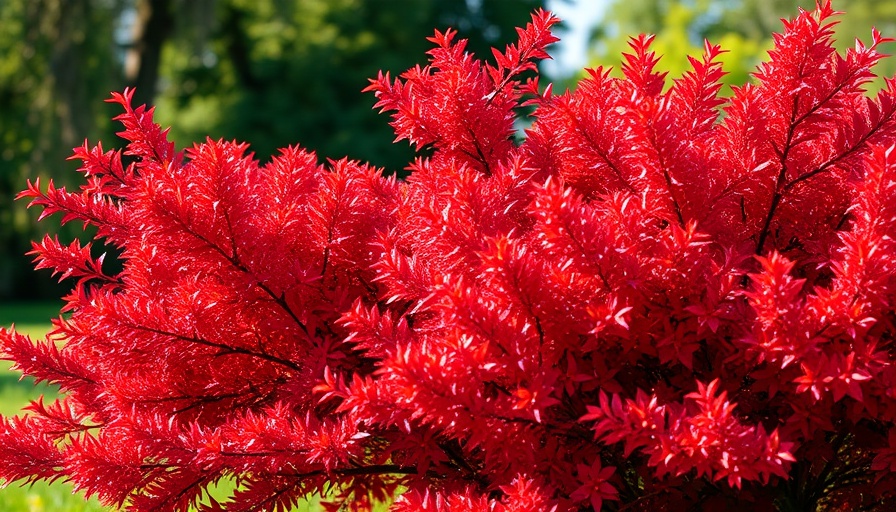
Discover a World of Fuchsia: 17 Stunning Varieties for Your Garden
Fuchsia plants are not just strikingly beautiful, they also represent a remarkable diversity in both species and cultivars that can enhance any garden. With new varieties emerging continuously, gardeners are often left in awe of the myriad color combinations and growth habits that these plants offer. If you’re looking to add some extraordinary blooms to your garden, explore 17 of the best fuchsia varieties to grow.
1. The Beauty of Fuchsia Varieties
Fuchsia flowers come in countless shades and styles, each adding unique charm to your garden space. From humble, single-colored blossoms to extravagant, multi-hued flowers, the options are as wide as they are enchanting. Take for example the Angel Earrings variety, known for its delightful pendulous flowers that hang like delicate ornaments. In contrast, the Bracelinae offers a compact form with vibrant colors that can brighten up limited garden spaces, making it perfect for container gardening.
2. Hardy vs. Tender: What You Need to Know
Understanding the classification of fuchsias is crucial for enthusiastic gardeners. Generally, fuchsias can be categorized as either hardy or tender. Hardy varieties, such as Dollar Princess, are robust enough to thrive in colder climates (Zones 7 to 9), while tender types, like White Eyes, require a warmer, more protected environment. Which type will suit your garden depends on your local climate and your gardening strategy.
3. Exciting New Cultivars You Can’t Miss
Each year brings innovative plant cultivars to the market. For instance, Sparky is one of the latest introductions with its bright flowers that pop vividly against green foliage. Likewise, the Marinka variety, known for its resilience and exuberant color display, is a notable alternative for those seeking something that embodies both strength and aesthetic appeal. Finding new cultivars at local nurseries can be a delightful adventure; be sure to keep your eyes peeled!
4. Creating Garden Spaces with Fuchsia
An important part of landscaping ideas is the thoughtful placement of plant varieties like fuchsia to create impactful designs. Use trailing fuchsia, such as the Creeping Fuchsia, as a ground cover plant along garden borders or cascading down from hanging baskets. This not only enriches your garden’s visual dynamics but also enhances the overall garden decor.
5. Caring for Your Fuchsia Varieties
Caring for fuchsia is essential for preserving their vibrancy. Regular watering, particularly during hot spells, is important to keep the plants thriving. Consider using organic gardening products to maintain garden plant health. Also, keep an eye out for common pests like aphids, which can jeopardize the health of your beloved fuchsia. Regular inspections and early treatments can prevent infestations.
6. Embracing Seasonal Changes with Fuchsia
Fuchsia bloom time varies by variety; some begin showcasing their vibrant flowers in late spring, while others continue to delight into the fall. It’s vital to consider garden seasons when planning your garden layout. Fuchsias such as Windchimes may require frost protection, especially when temperatures plunge. Understanding your particular garden climate can help you pick varieties that suit your expectation for blooms.
7. Conclusion: Transforming Your Garden with Fuchsia
Adding fuchsia varieties to your garden collection doesn’t just enhance beauty; it can also provide a diverse range of planting experiences. Their adaptability, coupled with their stunning visuals, makes fuchsias a revered choice for gardeners at all levels. Consider what fuchsia varieties resonate with your gardening aspirations and take active steps toward creating a lush floral haven today!
 Add Row
Add Row  Add
Add 




Write A Comment